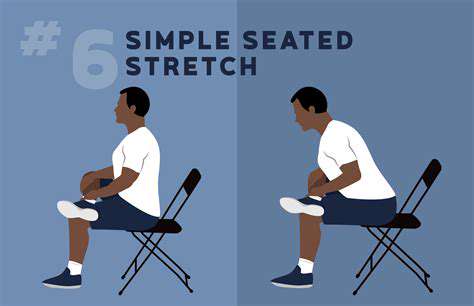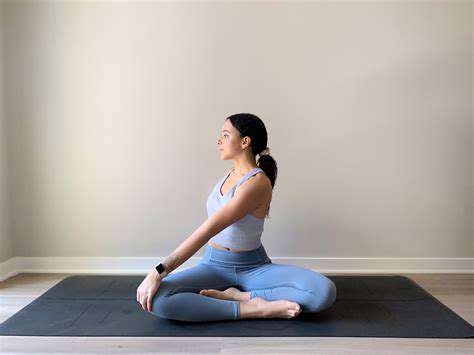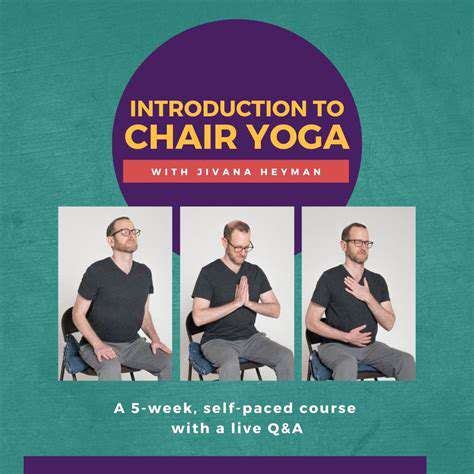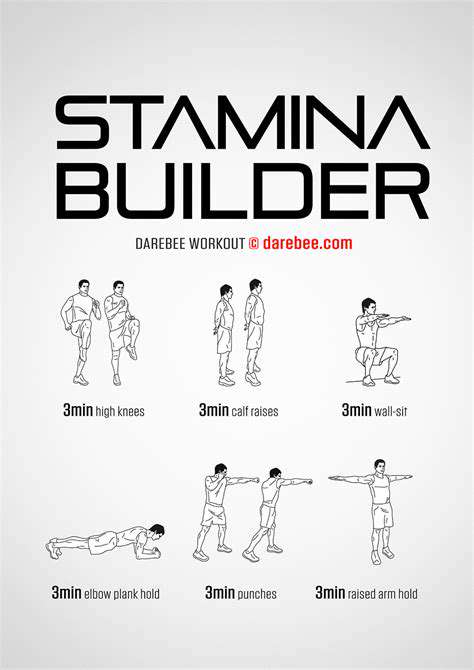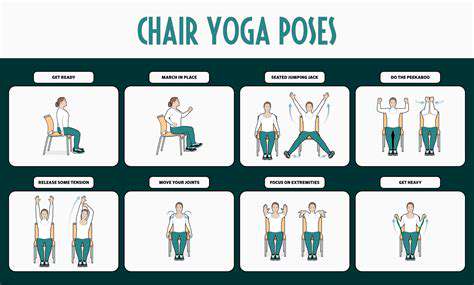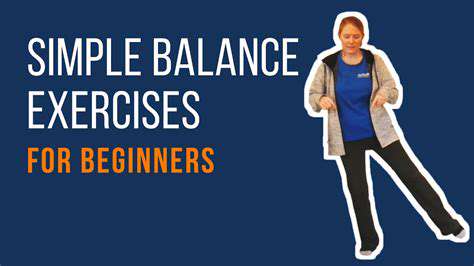5 Low Impact Cardio Options for Seniors with Joint Problems
List of Contents
Swimming enhances joint health with low-impact, full-body workouts.
Water resistance builds strength while minimizing injury risk for seniors.
Swimming improves flexibility and range of motion for older adults.
Regular swimming promotes cardiovascular health and reduces heart disease risk.
Group swimming classes provide social engagement and motivation for seniors.
Cycling is a low-impact cardio option that benefits joint health.
Stationary bikes allow seniors to control intensity and ensure safety.
Group cycling classes enhance motivation and foster community connections.
Consult healthcare professionals before starting new exercise routines.
Walking improves cardiovascular health and combats social isolation among seniors.
Proper footwear is essential to prevent injuries when walking.
Community walking programs encourage social interaction and physical activity.
Elliptical training mimics walking, reducing joint stress while enhancing fitness.
Regular elliptical workouts improve heart health and aid weight management.
Monitoring posture and heart rate ensures safe and effective elliptical training.
Incorporating strength exercises with elliptical training improves overall mobility.
Dance combines fitness and enjoyment, improving cardiovascular health and memory.
Tai Chi enhances flexibility, balance, and mental well-being through gentle movements.
Group classes for dance or Tai Chi foster social connections and motivation.
1. Swimming: An Excellent Choice for Joint Health
1. Benefits of Water Resistance
Water's natural resistance creates a unique environment for building muscle strength. This gentle pressure works multiple muscle groups simultaneously, offering results comparable to weight training without joint strain. Older adults often find water exercises more comfortable than gym routines - my neighbor Margaret, 68, switched to swimming after knee surgery and regained mobility within months.
The Journal of Rehabilitation Research & Development highlights how aquatic therapy improves joint mobility. Different strokes engage various muscle sets; for instance, breaststroke emphasizes leg muscles while freestyle works shoulder groups. This full-body engagement makes swimming particularly efficient for maintaining overall fitness as we age.
2. Low-Impact Nature of Swimming
Water's buoyancy supports up to 90% of body weight, drastically reducing impact on joints. This makes swimming ideal for those with arthritis or recovering from injuries. Unlike land exercises where movements can jar sensitive joints, water allows smooth motion patterns. Many physical therapists recommend aquatic therapy as foundational rehabilitation.
3. Enhanced Flexibility and Range of Motion
The combination of water resistance and natural movement patterns promotes joint flexibility. Reaching forward during strokes gently stretches connective tissues, while kicking motions improve hip and knee mobility. Regular swimmers often notice easier performance in daily tasks like reaching high shelves or tying shoes.

2. Cycling: Low-Impact and Joint-Friendly
Understanding Low-Impact Cycling
Stationary cycling offers joint protection through controlled motion. The circular pedaling motion maintains joint lubrication while avoiding pounding impacts. My local senior center's cycling group reports fewer knee complaints compared to their walking club members.
Benefits of Using Stationary Bikes
- Customizable resistance accommodates fitness levels
- Handrails provide stability for balance-challenged riders
- Built-in trackers monitor heart rate and calories burned
Modern stationary bikes feature ergonomic designs with lumbar-support seats. Some models even include virtual reality screens showing countryside trails - a welcome distraction during longer sessions.
3. Walking: A Simple Yet Effective Exercise
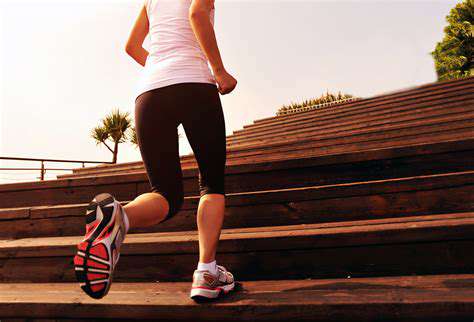
Practical Tips for Walkers
Invest in quality walking shoes with arch support - podiatrists recommend replacing them every 300-500 miles. For those with vision concerns, well-lit walking tracks with smooth surfaces prevent trips and falls. Many malls now offer early-bird walking programs before stores open, providing climate-controlled safety.
4. Elliptical Training: A Great Cardio Alternative
Health Benefits
The elliptical's dual-action handles engage both upper and lower body simultaneously. This cross-training effect improves coordination while burning 15% more calories than treadmill walking. Start with short 5-minute sessions, gradually increasing as endurance improves.
5. Dance or Tai Chi: Combining Fun and Fitness
Tai Chi Benefits
Tai Chi's flowing movements enhance proprioception - the body's spatial awareness. Studies show 12 weeks of practice reduces fall risk by 45% in seniors. Many practitioners enjoy the meditative aspects, reporting better stress management and sleep quality.
